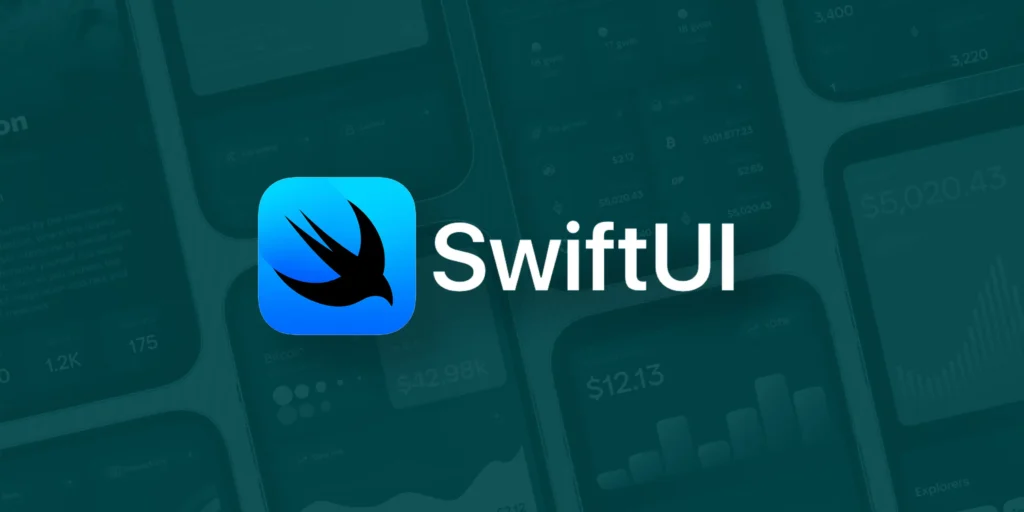Apple Language animations are important for producing dynamic and interesting user experiences in the exciting app development field. Apple released SwiftUI, which gives developers powerful tools to easily create beautiful animations. In this in-depth guide, we’ll analyze animations, understand their operation, and learn how to use them in your iOS apps.
What are SwiftUI Animations?

SwiftUI animations are dynamic effects that give the UI of your app life and interactivity. They consist of animations, changes, transitions, and visual effects that improve the user experience and increase the look and usability of your program. With the declarative animation creation method provided by Apple developer, developers can more easily and successfully convey their concepts and designs.
How Do SwiftUI Animations Work?
SwiftUI animations produce smooth and elegant transitions between stages by slowly altering the characteristics of views. They are based on the idea of attributes that can be animated to produce different effects, like position, size, opacity, rotation, and scale. Developers can focus on providing the animation’s duration, curve, and other parameters because apple language takes care of the animation logic behind the scenes.
Types of SwiftUI Animations
Hidden Animations
When a view’s animatable properties change, Apple Language begins building animations. For instance, apple language automatically animates the change between the old and new values when you adjust a view’s position or opacity.
Clear Animations
Using animation modifiers, developers can directly control the animations in Apple Language. For actions or interactions in your app, you can create unique animations by setting parameters like duration, curve, and others.
Transitions
Views in apple language can be animated by using transitions to appear and disappear. Transition animations can be used to create effortless slide-ins, fade-ins, and other effects when views are added or removed from the view structure.
Best Practices for SwiftUI Animations
Maintain Lightweight Animations
Stay away from very complicated animations as they can impact performance. Make wise use of animations to improve user experiences without making your program slow.
Make Good Use of Animation Curves
Select a suitable animation curve (such as.easeInOut,.linear, or. spring) according to the target outcome and user experience. Try out various curves to find the ideal ratio between natural feel and responsiveness.
Think About User Input
Use animations to guide users through app transitions, highlight interactive sections, and indicate progress to give them visual feedback.
Test Across Devices
To ensure constant performance and eye-catching design, test your animations across a range of iOS devices and screen sizes. For the best user experience, consider animations or changes according to the device.
Optimization and Performance Tips
Stay clear of too-animated graphics that might fill or mislead viewers. Pay close attention to how animations are used to highlight important interactions or transitions.
Depending on the intended outcome and user feedback, modify the animation’s delays, curves, and durations. Try varying the parameters until you get the ideal ratio of smoothness to responsiveness.
Reducing the processing overhead during runtime, preloading animations, and recalculating animation states can enhance performance. When it’s feasible, think about preloading intricate animations or caching animation data.
To analyze animation performance, spot obstacles, and improve animations for responsiveness and fluid rendering on a variety of devices, use XCode’s debugging tools and performance analyzer.
Examples of SwiftUI Animations
Fade-In Animation
Animate the opacity of a view to create a smooth fade-in effect when it appears on the screen.
Text(“Welcome to SwiftUI!”)
.opacity(showText ? 1 : 0)
.animation(.easeInOut(duration: 0.5))
Slide-In Animation
Animate the position of a view to slide it in from the left or right when it appears
Text(“Slide In Animation”)
.offset(x: showText ? 0 : -200)
.animation(.spring())
Scale Animation
Animate the scale of a view to make it grow or shrink smoothly.
Image(“logo”)
.scaleEffect(showLogo ? 1 : 0.5)
.animation(.easeInOut(duration: 0.8))
FAQS
Animations in SwiftUI are created using animation modifiers such as .animation(), .transition(), and .gesture(). You can apply these modifiers to views and specify animation parameters like duration, curve, delay, and repeat options to achieve desired effects.
Yes, SwiftUI allows customization of animations with parameters such as duration, curve (e.g., easeInOut, linear, spring), delay, repeatCount, autoreverses, and more. You can also create custom animations using keyframes, timing functions, and interactive gestures for unique animation experiences.
SwiftUI animations are optimized for performance, leveraging hardware acceleration and rendering optimizations provided by Apple’s frameworks. However, it’s essential to use animations judiciously, avoid excessive complexity, and profile performance using Xcode tools for optimal app performance.
Wrap Up
Apple Language animation is a strong and simple approach to give your iOS apps more life and functionality. You can create attractive and exciting user experiences that satisfy your users by researching various types and techniques, following best practices, and knowing the fundamentals of apple language animations. Try different animations, let your imagination run wild, and use apple language‘s dynamic features to improve the look and feel of your app’s design. Have fun with your animation!
